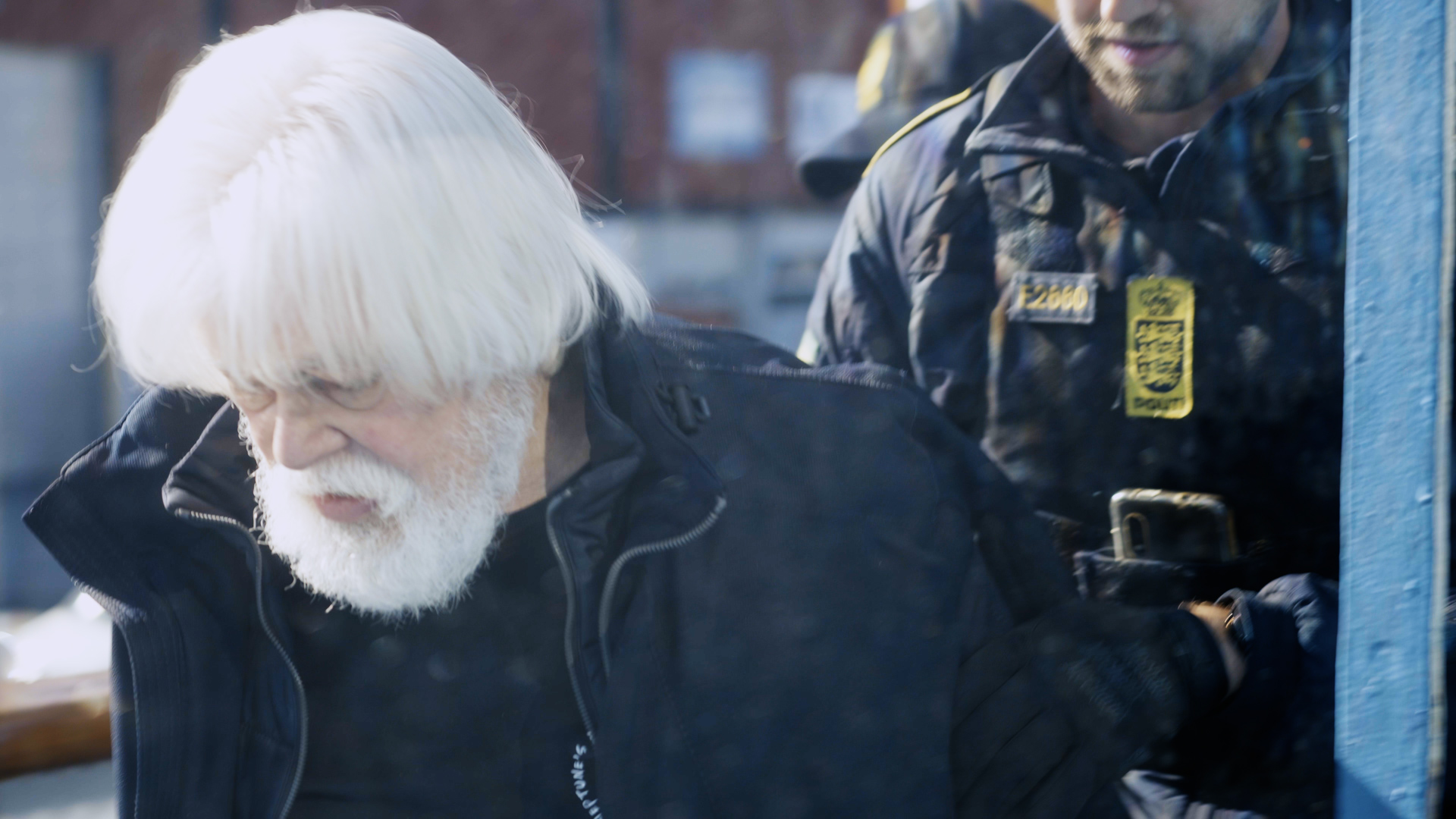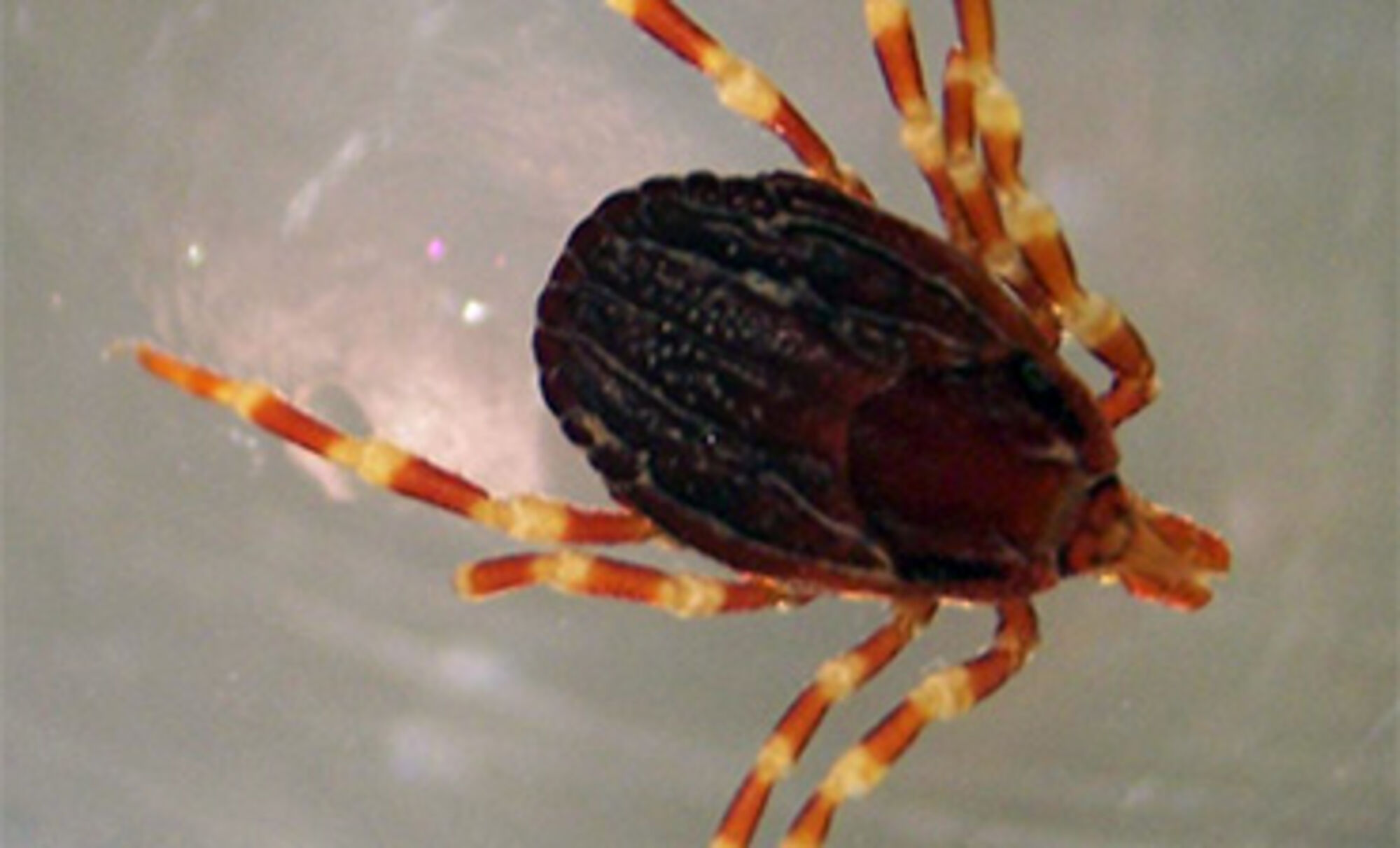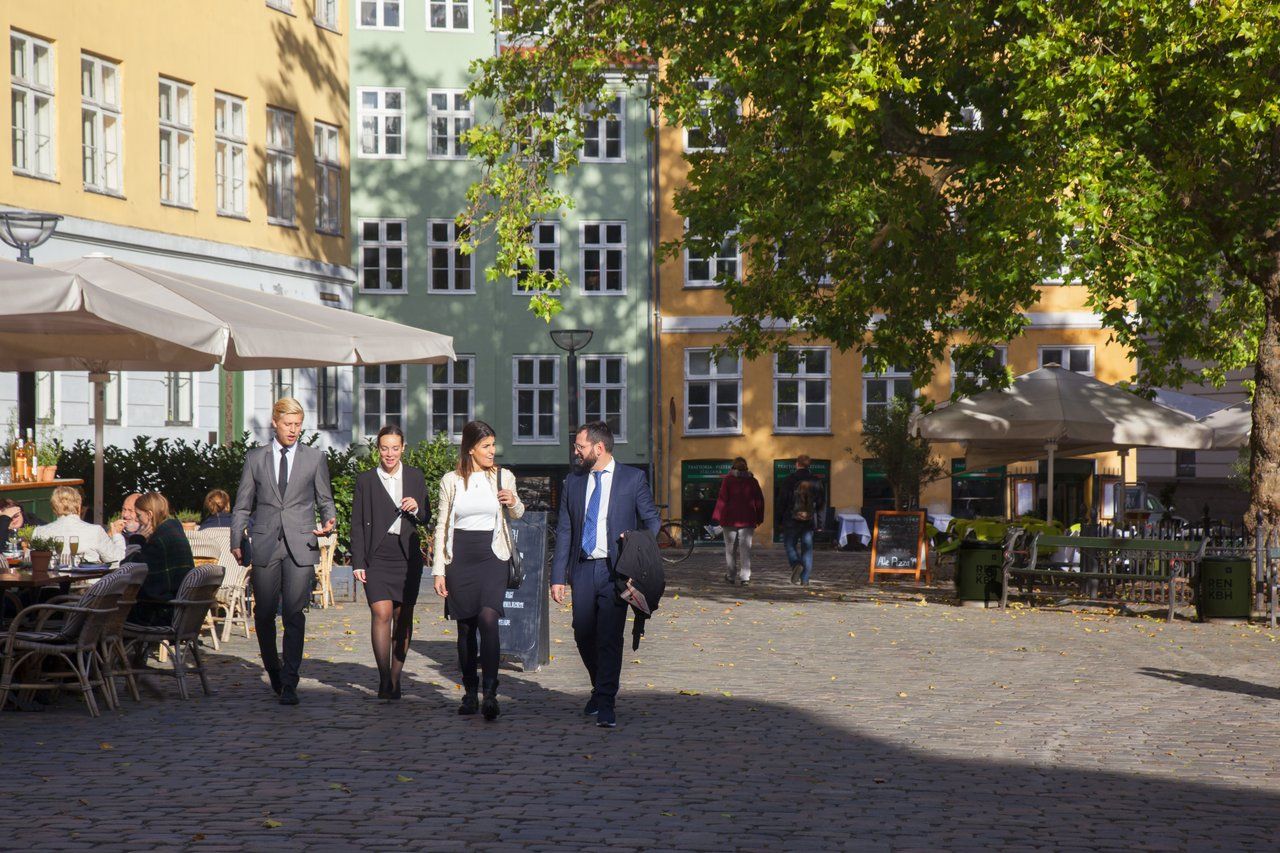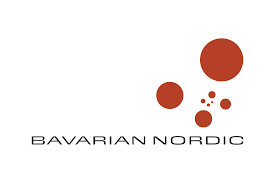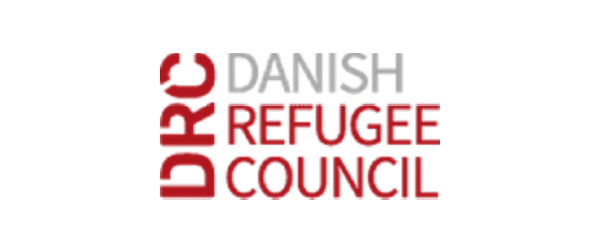Take a walk around Copenhagen, or just about any place in Scandinavia, and people with black or even brown hair tend to stand out. From the white and platinum to the strawberry and dark blonde, a significant proportion of Danes are fairhaired.
While Scandinavia is by no means the only part of the world where blond hair is common, the high concentration in this part of the world has a long and disputed history stretching back to the last ice age. So it’s worth considering the influence of Scandinavians and the contribution they may have made to the world’s population of blondes.
There are two schools of thought as to how Scandinavians came to develop blonde hair. One has it that following the migration of modern humans from Africa to other parts of the world, genetic mutations began to occur. As a result of the relatively low levels of sunlight for most of the year, humans in Scandinavia began to develop symptoms of vitamin D deficiency: namely lighter skin and hair colour.
No fellas around?
With the sun rarely making an appearance through the Danish winter, it’s easy to see how this theory makes sense. However, it does not adequately account for the presence of darker indigenous populations in the far north, such as the Inuit.
Another more controversial theory has it that blonde hair began to develop in Scandinavia as a result of sexual selection. At the time of the last Ice Age, around 11,000 years ago, there was a significant drop in the number of males in Scandinavia.
The perilous conditions faced by hunters attempting to capitalise on roaming herds of mammoth, reindeer and bison meant that women were often without a partner – a situation that not only prevented the production of offspring, but often led to their starvation and death. The theory has it that women began to develop lighter hair as a means of distinguishing themselves from their rivals, leading to their selection in what was a very competitive market. If the theory is to be believed, it stands that blonde hair developed because it was more attractive to men at the time.
Viking spreaders
Although it seems as though there might finally be some evidence to support the idea that men prefer blondes, there are a number of factors that must be considered. While there’s little doubt that blonde hair is more prevalent in northern Europe than in other parts of the world, it is by no means exclusive. In certain tribes of Australian Aborigines, for example, blonde hair is common among children Other ethnicities, such as the Tajik in Afghanistan and the Berbers in north Africa, also have a high incidence of blonde hair. .
While the presence of lighter hair far away from Scandinavia, such as this Pakistani girl, means it isn’t an exclusive trait, it is likely Vikings excursions helped to spread it
While it may be hard to narrow the development of blonde hair to a single cause, it’s probable that the Viking excursions from the late eighth century helped to spread blonde hair through Europe. As well as the Scandinavian countries, those European nations with the highest concentrations of blondes tend to be those where Vikings settled. The Baltic countries, parts of Russia as well as the low countries, were all settled by Vikings, with the intermarrying between locals and Vikings increasing the blonde population. And according to ‘The History and Geography of Human Genes’, the lightest pigmentation of both hair and eyes in Europe is found close to the Baltic Sea, with levels of darkness increasing in a nearly concentric ring around this region.
Tour de Britain
The presence of blonde-haired people in Britain can be traced to the Vikings. Prior to the Viking invasion, Britain was made up of a mixture of Celtic tribes, Roman descendants and Anglo-Saxons. While the Germanic tribes no doubt contained a number of fair-haired people (particularly among the tribes bordering Scandinavia), the development of red and blonde hair in places like Ireland can be largely attributed to the Viking expansion.
Viking raids on Britain continued on and off for the better part of three centuries, with Viking settlement increasing the amount of blondes through Britain. As her empire grew, Britain began to settle in other countries, and the presence of blonde-haired people in countries like the US, Australia and New Zealand can be traced, at least somewhat, to the Viking settlement of Britain.
While it’s difficult to pinpoint the exact moment when humans began to develop blonde hair, there is little doubt that whatever the reason, it grew quickly in Scandinavia. The presence of blonde hair in the wider world owes at least something to this region. With historically low populations, Denmark and the other Nordic countries have punched above their weight in terms of their influence on humans and the way we look at ourselves.



